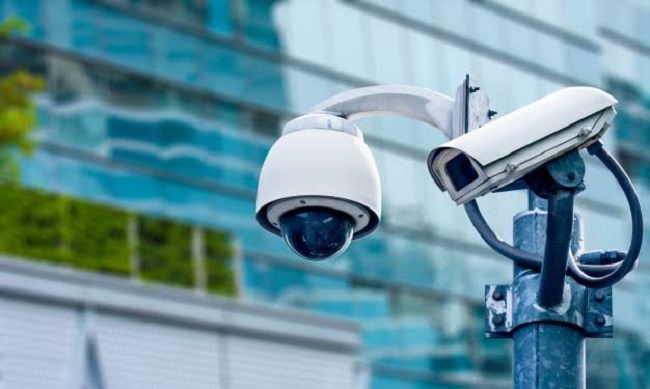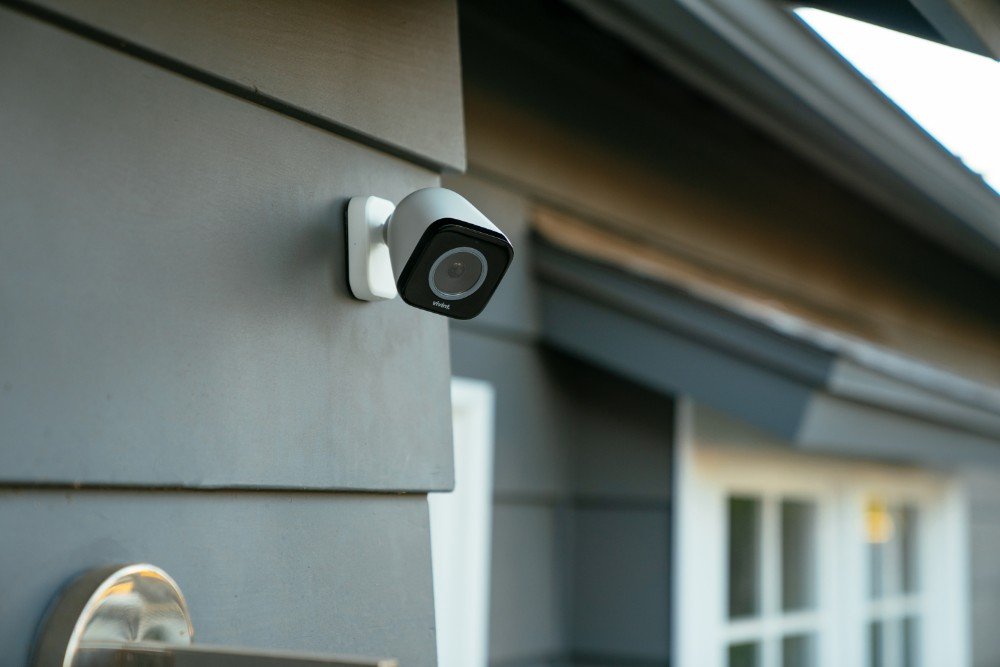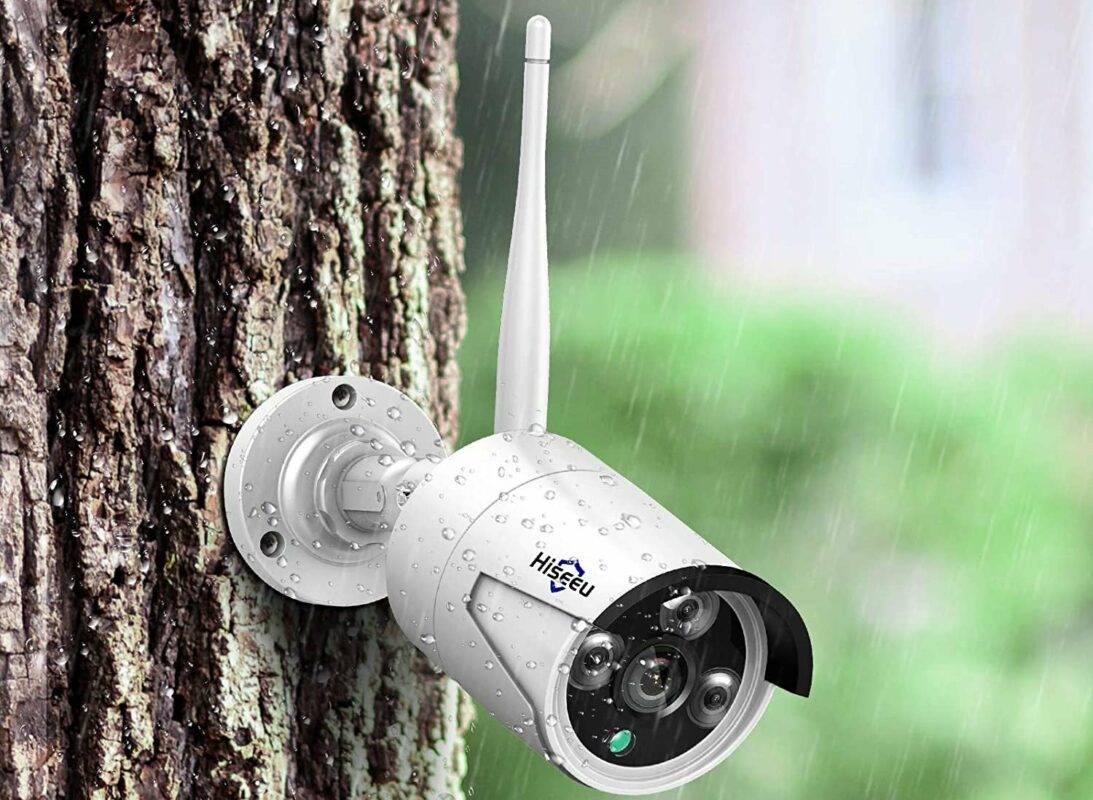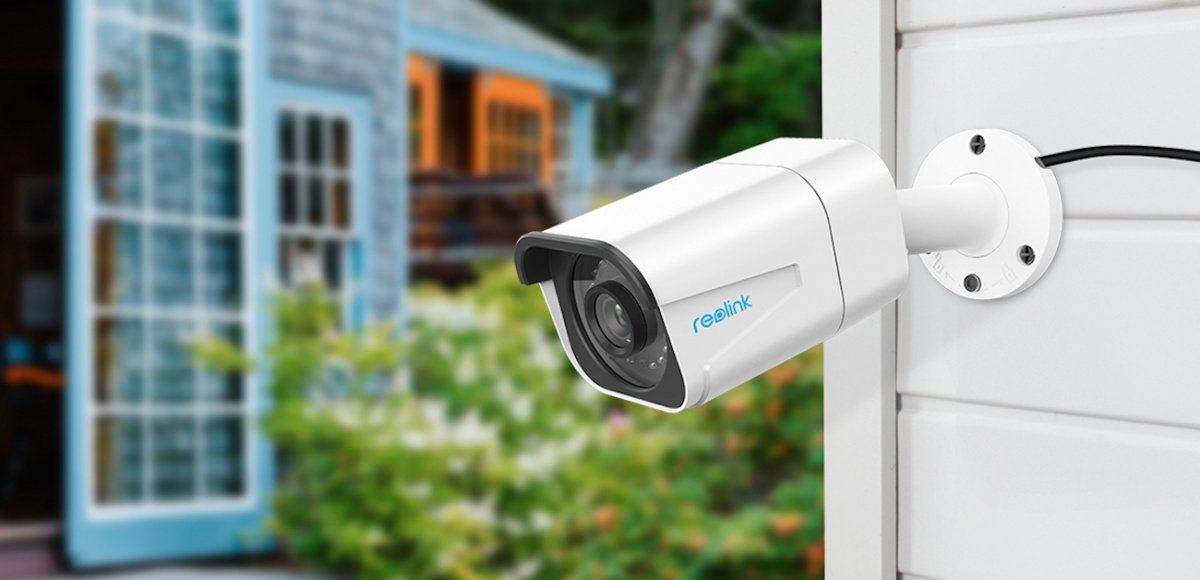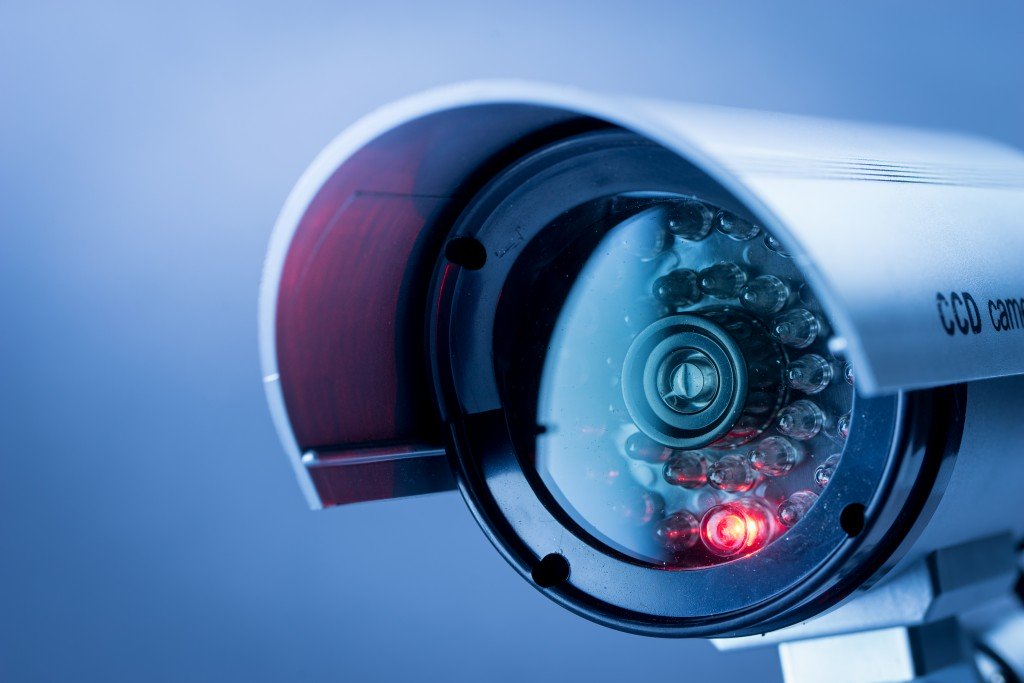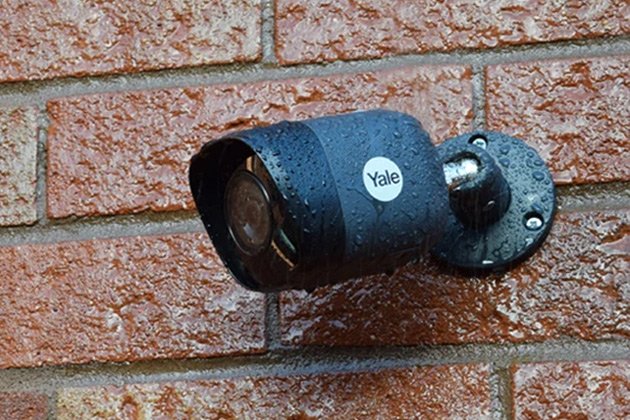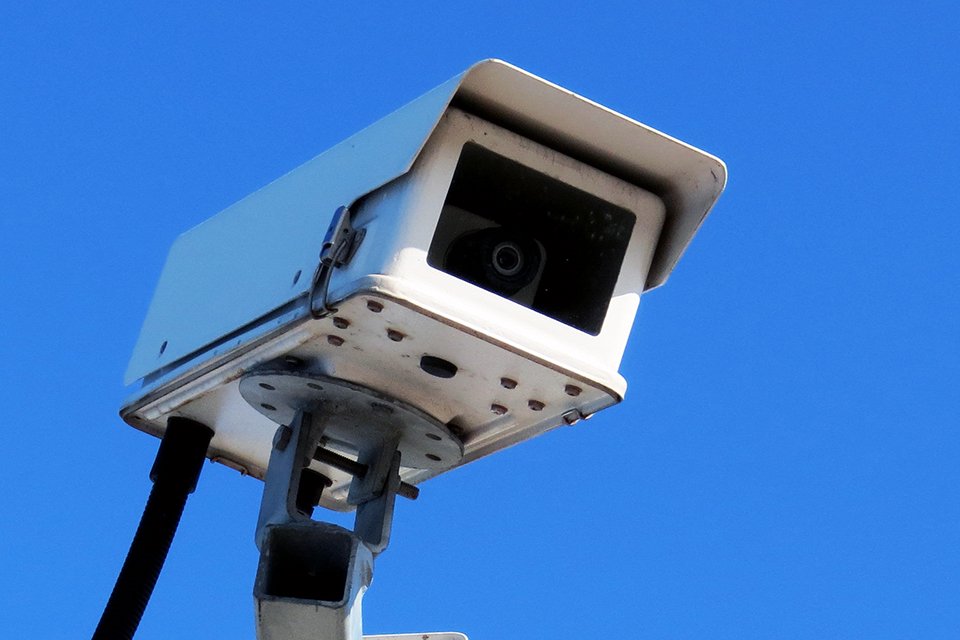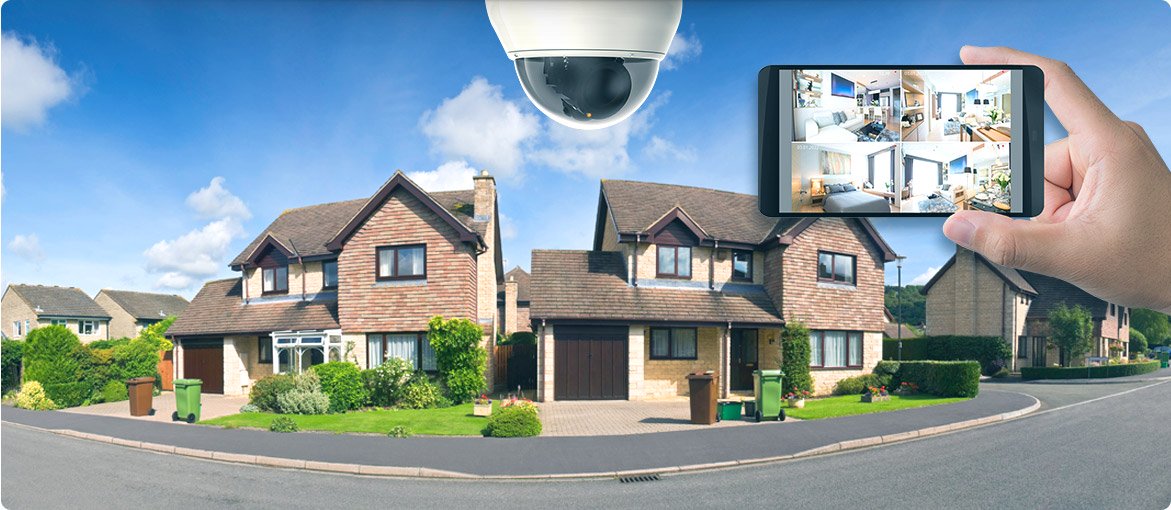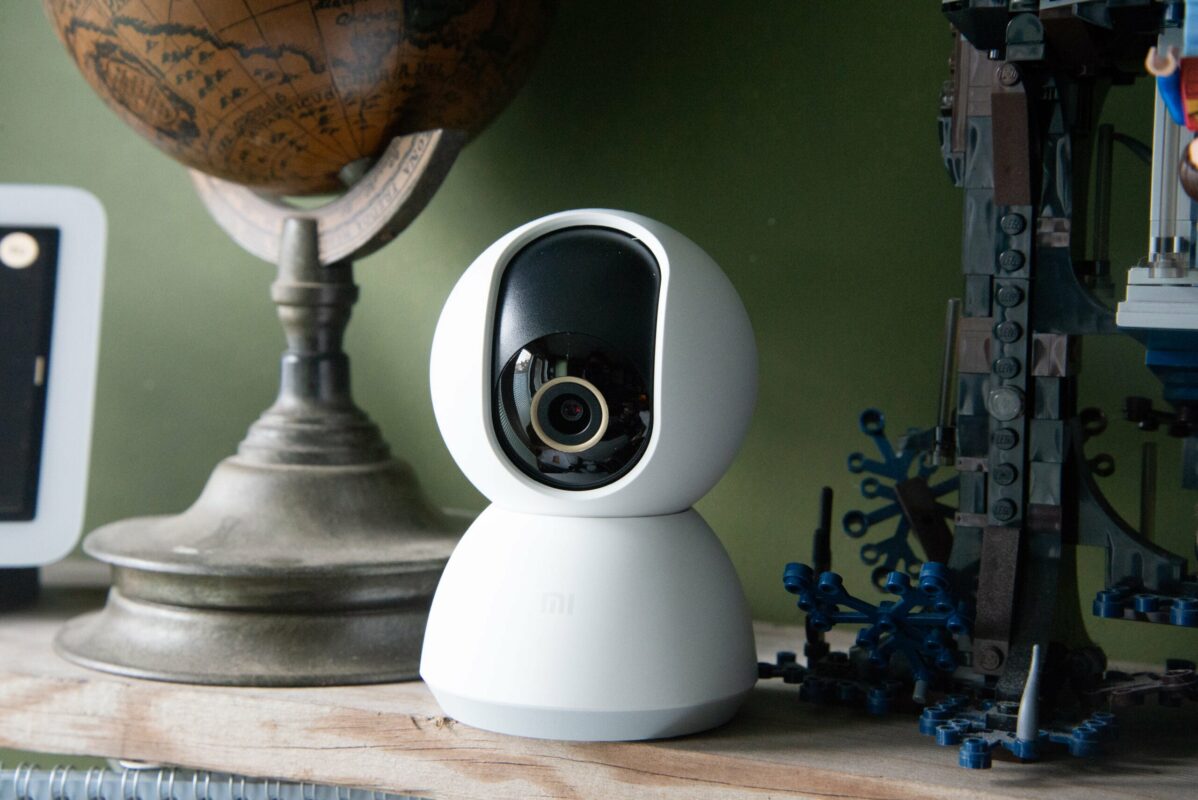What are the advantages observed with video surveillance?
-
Security of commercial and industrial premises: an increase in turnover of a few percent by optimizing resources by remote video surveillance camera on mobile phone or PC by the manager on the move. Applications: shops, stores, warehouses, car parks.
• Guarding/surveillance : reduction of the risk of approaching a place of break-in or theft by real-time viewing on a mobile phone of images from video-surveillance cameras before entry into the premises.
• Protection of residential premises and swimming pools: improvement of security with remote video surveillance of premises and remote control of equipment (deterrence – alarm), in conjunction with conventional anti-intrusion systems.
- Remote monitoring of people: feeling of security with the possibility of remote monitoring and video-surveillance by cameras of people who may need assistance, such as the elderly or children.
How can we access images from CCTV cameras? Any PC type computer connected to the Internet or GPRS or UMTS 3G mobile phone can access the video surveillance camera provided it has the static or dynamic IP address and the security access codes.
What are the main characteristics of the products:
– number of surveillance cameras depending on the premises to be secured and protected.
– surveillance camera features: day/night IR, range, motion detection alarm.
– installation of wired surveillance cameras (analog or IP network) or wireless (wifi or 2.4 GHz).
– detection of movement on zones, detection of missing objects, new static object.
– counting of people or objects passed in a predefined field of the camera.
– number of alarm detector inputs: smoke, gas, fire.
– number of alarm outputs (relays) for equipment controls: siren, lighting.
– video surveillance frame rate per second and per connected camera (5 to 30 frames/sec)
– video surveillance recording capabilities and search for intrusion type events.
– number and types of mobile phones connectable (GPRS, UMTS 3G) to video surveillance.
– number of surveillance cameras and video acquisition cards per server.
– remote control of alarm or deterrent equipment via telephone or Internet.
– hybrid system: management of analog cameras and IP network.
– in the event of theft and inform the police.
Benefits
What are the advantages observed with video surveillance?
-
Security of commercial and industrial premises: an increase in turnover of a few percent by optimizing resources by remote video surveillance camera on mobile phone or PC by the manager on the move. Applications: shops, stores, warehouses, car parks.
• Guarding/surveillance : reduction of the risk of approaching a place of break-in or theft by real-time viewing on a mobile phone of images from video-surveillance cameras before entry into the premises.
• Protection of residential premises and swimming pools: improvement of security with remote video surveillance of premises and remote control of equipment (deterrence – alarm), in conjunction with conventional anti-intrusion systems.
- Remote monitoringof people: feeling of security with the possibility of remote monitoring and video-surveillance by cameras of people who may need assistance, such as the elderly or children.
How can we access images from CCTV cameras? Any PC type computer connected to the Internet or GPRS or UMTS 3G mobile phone can access the video surveillance camera provided it has the static or dynamic IP address and the security access codes.
What are the main characteristics of the products:
– number of surveillance cameras depending on the premises to be secured and protected.
– surveillance camera features: day/night IR, range, motion detection alarm.
– installation of wired surveillance cameras (analog or IP network) or wireless (wifi or 2.4 GHz).
– detection of movement on zones, detection of missing objects, new static object.
– counting of people or objects passed in a predefined field of the camera.
– number of alarm detector inputs: smoke, gas, fire.
– number of alarm outputs (relays) for equipment controls: siren, lighting.
– video surveillance frame rate per second and per connected camera (5 to 30 frames/sec)
– video surveillance recording capabilities and search for intrusion type events.
– number and types of mobile phones connectable (GPRS, UMTS 3G) to video surveillance.
– number of surveillance cameras and video acquisition cards per server.
– remote control of alarm or deterrent equipment via telephone or Internet.
– hybrid system: management of analog cameras and IP network.
– in the event of theft and inform the police.

